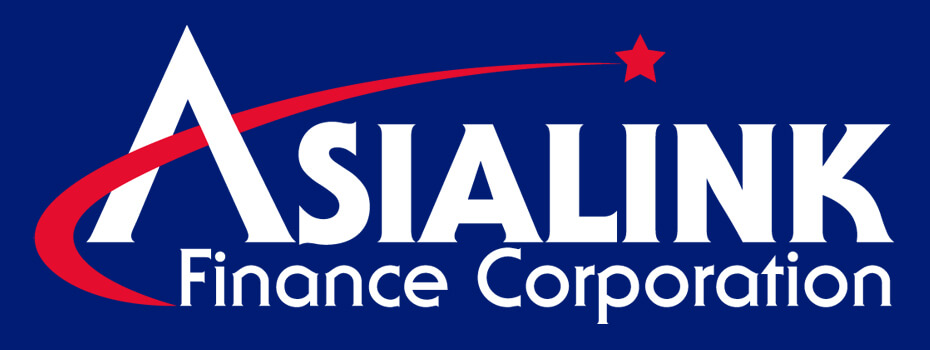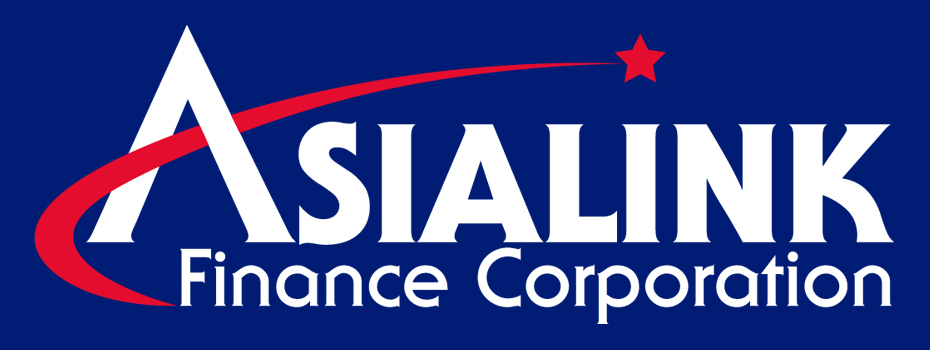What are the differences between collateral and non-collateral loans?
- Security
- Loan amount
- Interest rate
- Loan tenure length
Loans are useful financial instruments that people use for their given purposes. If you need capital, money to invest, or are in a financial emergency, getting a loan can be the most sensible thing to do to improve your situation. If you are interested in getting a loan, one challenge you might face is knowing the right kind of loan to choose. More often than not, you will have to decide between collateral loans and non-collateral loans.
Knowing the difference between the two can be the deciding factor in making a profitable or life-saving financial decision. If you think you’re going to have a hard time choosing, keep reading. Here are some of their important characteristics and key differences.
Security
When it comes to loans, security means the guarantee or the assurance of your payment. Just like any other organization that wants to protect their assets — banks and lending companies are allowed to impose protective measures when needed.
Sometimes, people who borrow money from lenders are not able to repay their loans — this is what you call a ‘default’. When that happens, both the borrower and the lender are highly inconvenienced. This is where security, a guarantee, or collateral can be useful. This is also where the biggest difference between the two types of loans can be observed.
Collateral loans involve pledging a loanee’s assets to the lender in exchange for the loan itself. Consider it a form of trade wherein you swap your assets (such as a car or a tricycle) for money. Once you successfully pay off your loan, you get your assets back. However, if you fail to pay off the loan, the lender gets to keep and sell the assets you pledged in order to earn back their losses. Non-collateral loans do not have this kind of feature which is why it has different characteristics compared to a collateral loan.
Loan Amount

Since collateral loans have pledged assets as safety nets, lenders naturally sanction bigger loans in terms of amount. The question of how much money you are allowed to borrow relies on the value of the asset you are willing to give as collateral. It wouldn’t be surprising to see some collateral loans reach upwards of ten to twenty million pesos. Especially when the collateral involved is a luxury car or a yacht.
For non-collateral loans, expect the loan to not exceed a million pesos. Loan defaults are much more common than you think, which is why it can become risky for lenders to sanction high non-collateral loans.
Interest Rate
For collateral loans, interest rates are comparatively lower when compared to their non-collateral counterparts. This is related to the lower risk involved in collateralized loans. As you would expect, non-collaterals have a higher interest rate. Consider the interest rate as the added cost you pay for borrowing money. The riskier the loan is, the higher the interest rate will be. This means you have to pay more if you want to borrow money without collateral.
If you want to take advantage of lower interest rates then consider going for a collateral loan. However, don’t readily assume that the type of loan is the only factor that affects interest rates. You also have to consider inflation and the government’s monetary policies.
Loan Tenure Length

Just like with the interest rate and loan amount, the loan tenure is also affected by the security factor of the loan. That being said, since collateralized loans are safer for the lender, they authorize a longer loan tenure. This means that you have a longer period of time to pay for your outstanding balance compared to non-collateral loans.
Do take note that this can also depend on what kind of assets you have used as collateral. For example, cars and tricycles can be faster to pay off than home loans. The tenure length adjusts based on the asset.
However, just because you have a non-collateral loan doesn’t mean you can’t have an extended loan tenure. Some financial institutions and lenders can extend their loan tenure for an added fee or a slight increase in interest rates.
Key Takeaway
As you’ve read above, there are a few small but key differences between the two types of loans. Many of the things stated above may not always be the case because things may change depending on the lender you have chosen. It’s important to ask around and check your options to see who offers the best terms.
One important thing you should remember is that choosing between collateral and non-collateral loans depends on your requirements — whether it’s your life plans or current financial situation. Always analyze your financial capabilities and life circumstances so that you can avoid defaulting on a loan and choose the right type that is much easier for you.






